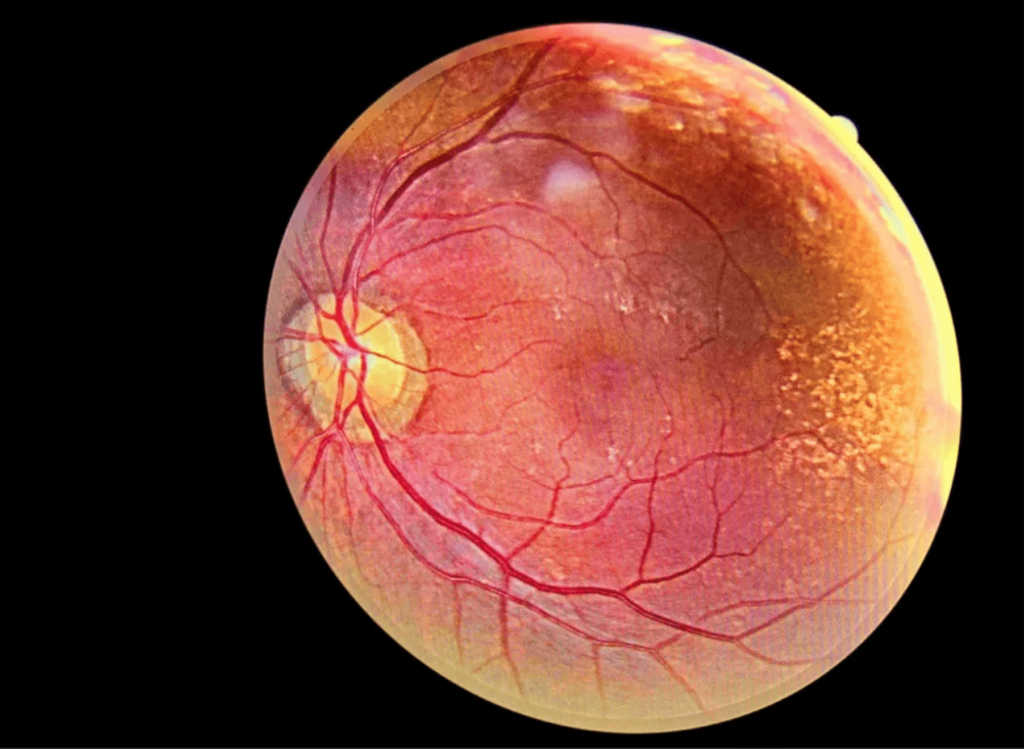Type 2 diabetes mellitus (T2DM) is a chronic metabolic disorder that poses a significant global health challenge. According to estimates, around 415 million people worldwide were affected by T2DM in 2015, projected to rise to 642 million by 2040. One of the common microvascular complications of T2DM is diabetic retinopathy (DR), characterized by damage to the blood vessels in the retina. DR is a leading cause of visual impairment and blindness among the working-age population, and its prevalence continues to rise.
Despite extensive research into the pathogenesis of DR and its influencing factors, the relationship between serum albumin (ALB) levels and DR remains underexplored. ALB is a protein synthesized in the liver and is essential in maintaining the body’s fluid balance and transporting various molecules, such as hormones and fatty acids. Several studies have suggested that low ALB levels may be associated with an increased risk of developing DR in patients with T2DM. However, the exact mechanisms underlying this relationship are not yet fully understood, and further research is needed to explore this association in more detail.
Methods: Diabetic Retinopathy for Type 2 Diabetes
A cross-sectional analysis was conducted at the Endocrinology Department of the Affiliated Hospital of Qingdao University between January 1, 2021, and December 1, 2022. The study included inpatients who were 18 years of age or older and had a diagnosis of T2DM. The researchers extracted data from the patient’s electronic medical records, including the levels of albumin (ALB) and the results of a comprehensive eye examination.

Figure 1: Flowchart of Study Population
After adjusting for confounding factors, the researchers used logistic regression analysis to assess the association between ALB levels and DR. The study aimed to determine whether there is a relationship between the levels of ALB and the development of DR in patients with T2DM.
The study findings could potentially have important implications for managing and treating T2DM patients, as DR is a common complication of the disease that can lead to vision loss and blindness. By identifying the factors that contribute to the development of DR, healthcare providers can intervene earlier and more effectively to prevent or mitigate its effects.
Results: Diabetic Retinopathy for Type 2 Diabetes
In a study of 1949 participants, it was found that 58.76% of them did not have DR, while 41.24% did. This study also noted significant differences between the two groups in several factors, such as age, diabetes duration, blood glucose levels, lipid profiles, liver function, and comorbidities like fatty liver, diabetic nephropathy, and diabetic peripheral neuropathy.
One interesting finding was that participants with DR had a lower level of ALB (albumin) compared to those without DR. The mean ALB level in participants with DR was 39.35 ± 3.43 g/l, while in those without DR, it was 40.22 ± 3.10 g/l. A significant association was observed between ALB levels and DR (P < 0.001).
These results suggest that there could be a link between ALB levels and DR. Further research is needed to investigate this relationship and to determine if monitoring ALB levels could help in the early detection of DR. Overall, this study provides valuable insights into the factors associated with DR and highlights the need for preventative measures and early detection strategies for this serious complication of diabetes.
Discussion
Studies conducted in the past have shown a negative correlation between ALB levels and DR. These findings align with the results of recent research, which suggests that ALB’s antioxidant properties could contribute to its protective effect against DR. ALB has been found to scavenge free radicals and bind to advanced glycation end products (AGEs), which may help in preventing the development and progression of retinopathy. Furthermore, ALB is believed to play a crucial role in maintaining vascular integrity and reducing vascular leakage, which could also help mitigate the effects of retinopathy. These findings are useful in developing new strategies for preventing and treating DR.
Limitations
The cross-sectional design limits the establishment of causality, warranting further longitudinal studies. Despite adjusting for various confounders, residual confounding may persist. The study’s single-center nature and sample source from hospitalized patients may also introduce selection bias, necessitating validation in broader populations.
Conclusion
In conclusion, the study indicates a significant inverse relationship between ALB levels and DR in patients with T2DM. The findings suggest that ALB could be a promising therapeutic target for mitigating the risk of DR in T2DM patients. However, more research is needed to confirm these findings and explore the underlying mechanisms. By doing so, it may be possible to create targeted interventions that help improve diabetes care and reduce the incidence of DR in diabetic patients.
Reference
Li, X., Hao, W., Yang, N. Inverse association of serum albumin levels with diabetic retinopathy in type 2 diabetic patients: a cross-sectional study. Sci Rep 14, 4016 (2024). https://doi.org/10.1038/s41598-024-54704-7
About Docquity
If you need more confidence and insights to boost careers in healthcare, expanding the network to other healthcare professionals to practice peer-to-peer learning might be the answer. One way to do it is by joining a social platform for healthcare professionals, such as Docquity.
Docquity is an AI-based state-of-the-art private & secure continual learning network of verified doctors, bringing you real-time knowledge from thousands of doctors worldwide. Today, Docquity has over 400,000 doctors spread across six countries in Asia. Meet experts and trusted peers across Asia where you can safely discuss clinical cases, get up-to-date insights from webinars and research journals, and earn CME/CPD credits through certified courses from Docquity Academy. All with the ease of a mobile app available on Android & iOS platforms!






